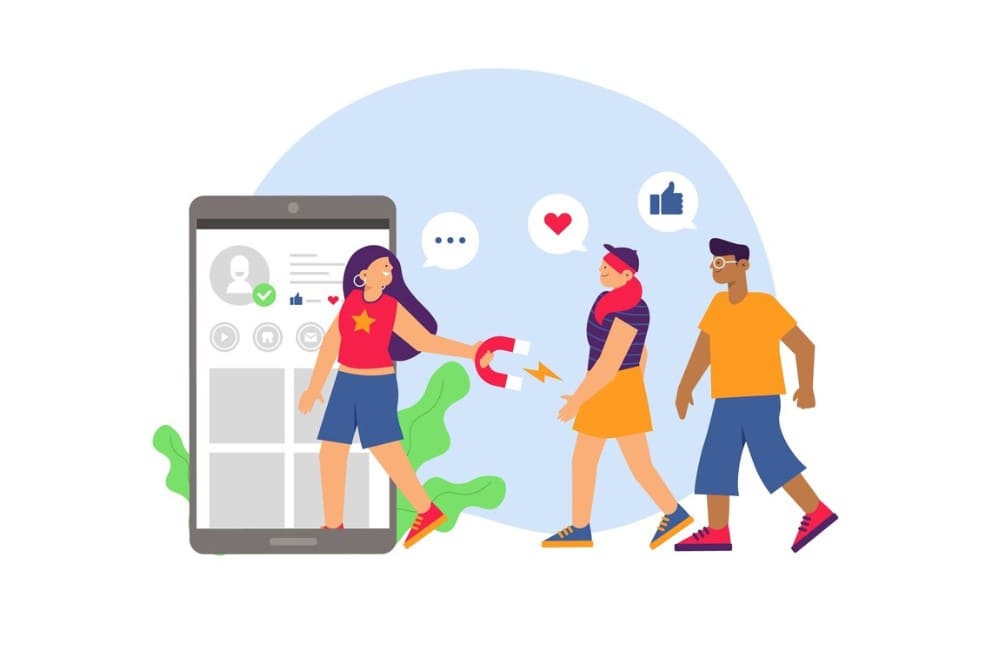As time has progressed, social listening has expanded beyond the simple act of tracking mentions and interactions to the extraction of useful information from the diverse range of discussions taking place on social media.
Now that we’re in the age of Social Listening 2.0, companies are using cutting-edge methods to learn more about their customers, rivals, and market trends. This helps them make better decisions and plans for the future.
More than just monitoring mentions of brands and doing sentiment analysis are fundamental to Social Listening 2.0. Essentially, it’s a way to keep tabs on and analyze all the talk happening on social media in order to glean useful information that may steer company moves.
An essential part of Social Listening 2.0 is analyzing and making sense of massive amounts of social media data using sophisticated analytics and machine learning algorithms. Companies may find trends, patterns, and correlations in social media interactions with these tools that would be hard to find with human study.
Social Listening 2.0 expands the scope of industry-relevant topics and themes beyond just tracking brand mentions. Part of this process involves listening in on discussions on rival companies, current trends, new problems, and complaints from customers. Businesses may get valuable insights into market dynamics, rival strategy, and potential opportunities by listening in on these talks.
Social Listening 2.0 goes a step further by combining data from social media with that from other sources, such sales figures, market research, and consumer reviews. Businesses may make better judgments and adjust their strategies based on a more complete picture of their target demographic and the state of the market when they integrate data from many sources.
Social Listening 2.0 also emphasizes practical insights, which are crucial. Companies nowadays aren’t content to just report on social media metrics like likes, shares, and comments; they want to glean insights that drive real results and decision-making. Doing so may include keeping an eye out for new developments, making educated guesses about consumer habits, finding promising avenues for product development, or reducing dangers.
Furthermore, real-time monitoring and participation are emphasized in Social Listening 2.0. Trends may originate and change quickly in today’s digital world, so it’s vital to respond quickly. Businesses may keep an eye on brand reputation and new trends by listening in on social media discussions in real-time and responding to opportunities or dangers as they crop up.
To sum up, Social Listening 2.0 is a game-changer for companies when it comes to social media analytics and monitoring. Businesses may enhance their awareness of their audience, rivals, and market environment via the use of sophisticated analytics, data integration, and actionable insights. This knowledge drives strategic planning and decision-making. For organizations to remain competitive and take advantage of digital engagement’s prospects, they must grasp the concepts of Social Listening 2.0, especially as social media evolves further.
Find Out: For more information about IT, visit this website at IT-Americano
